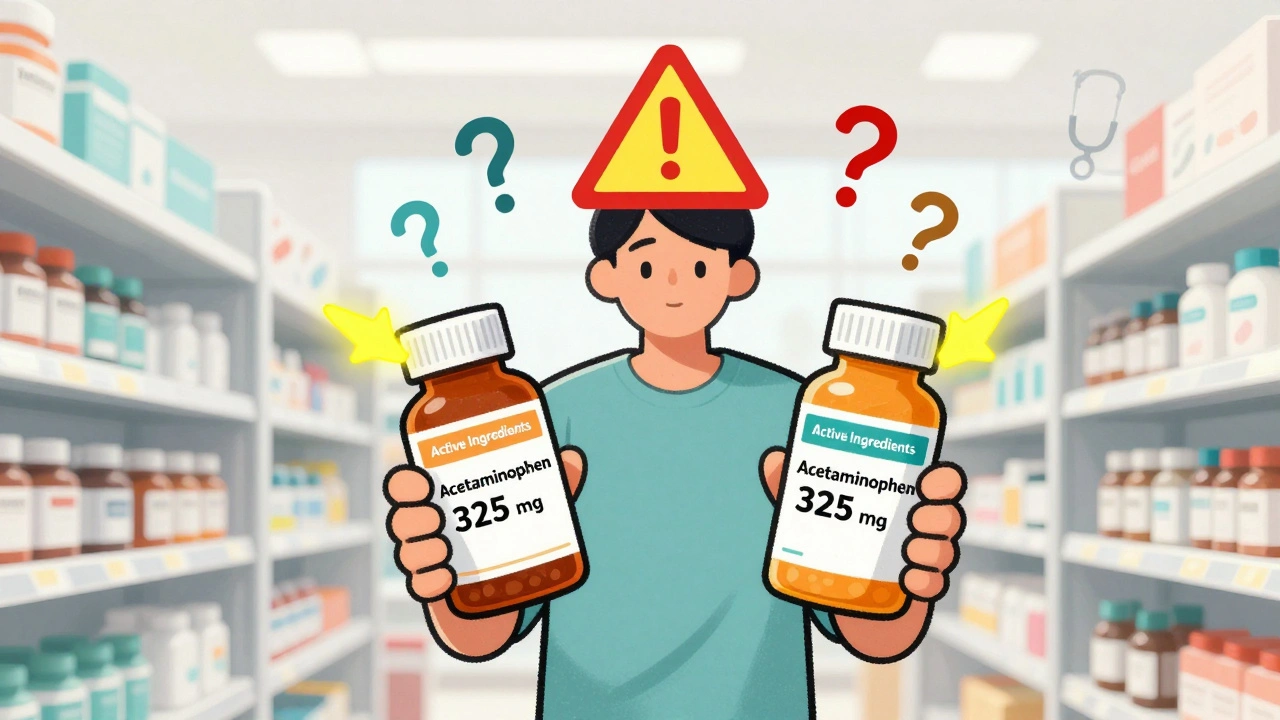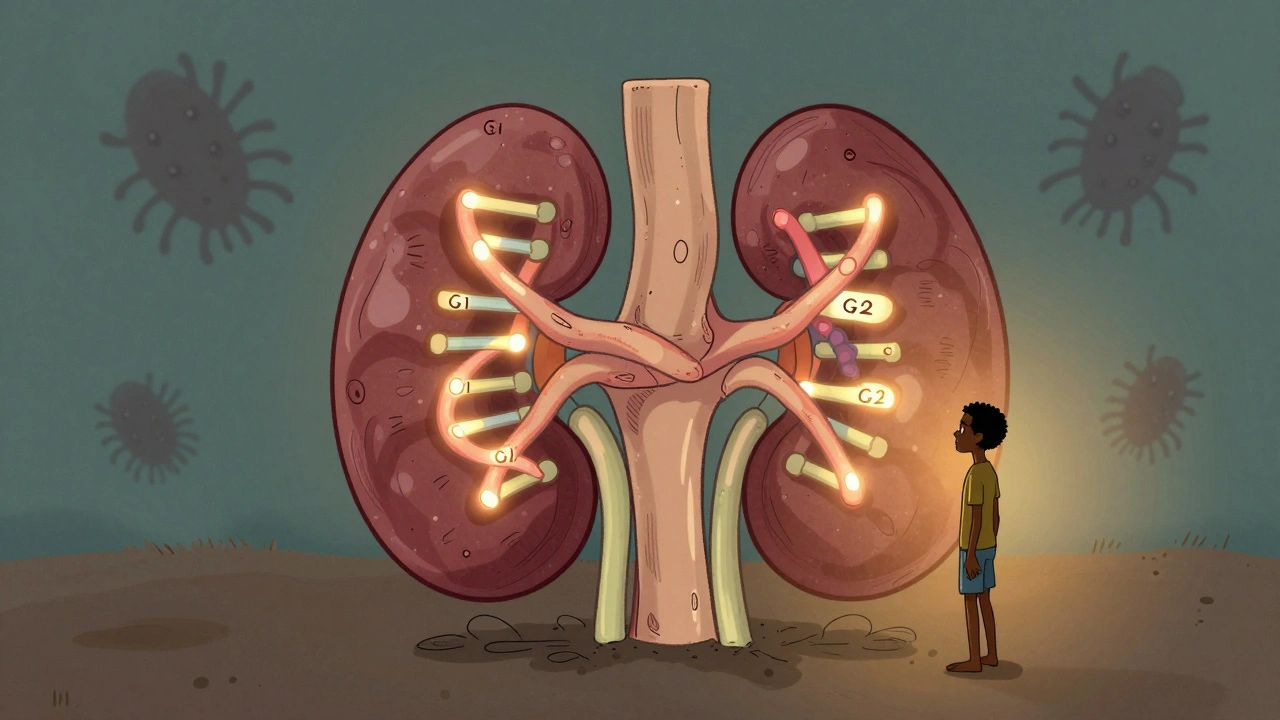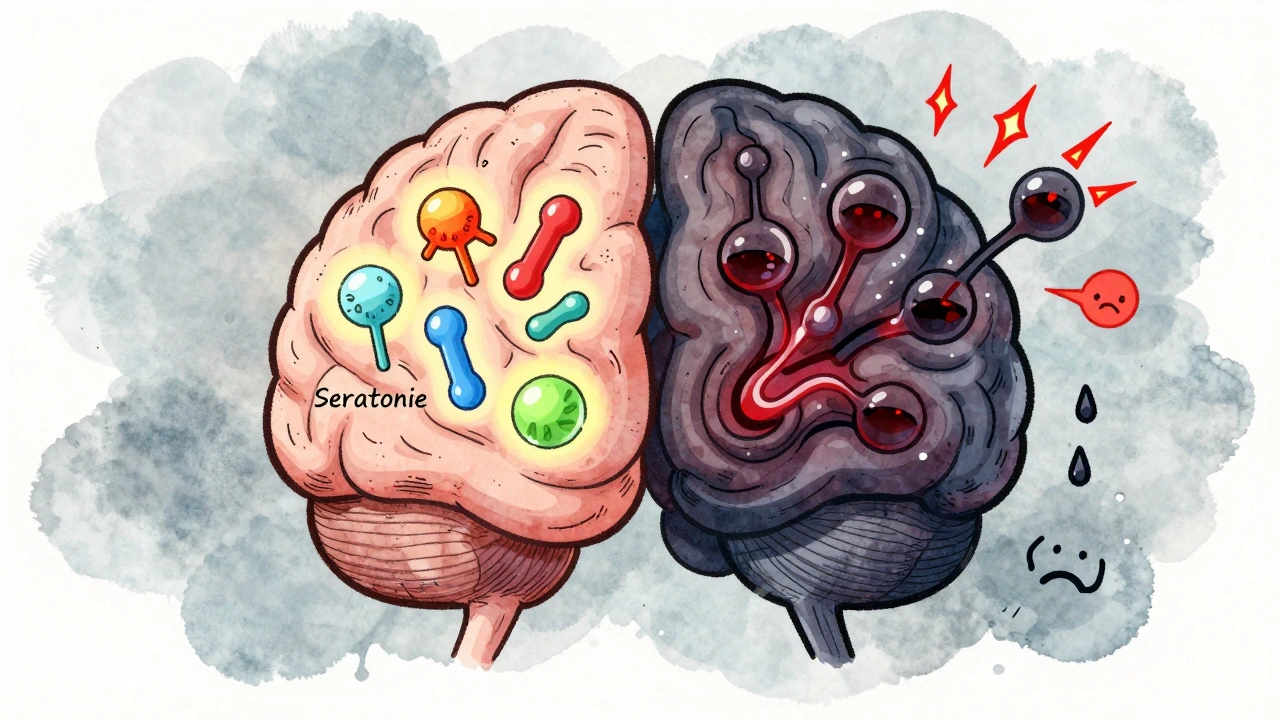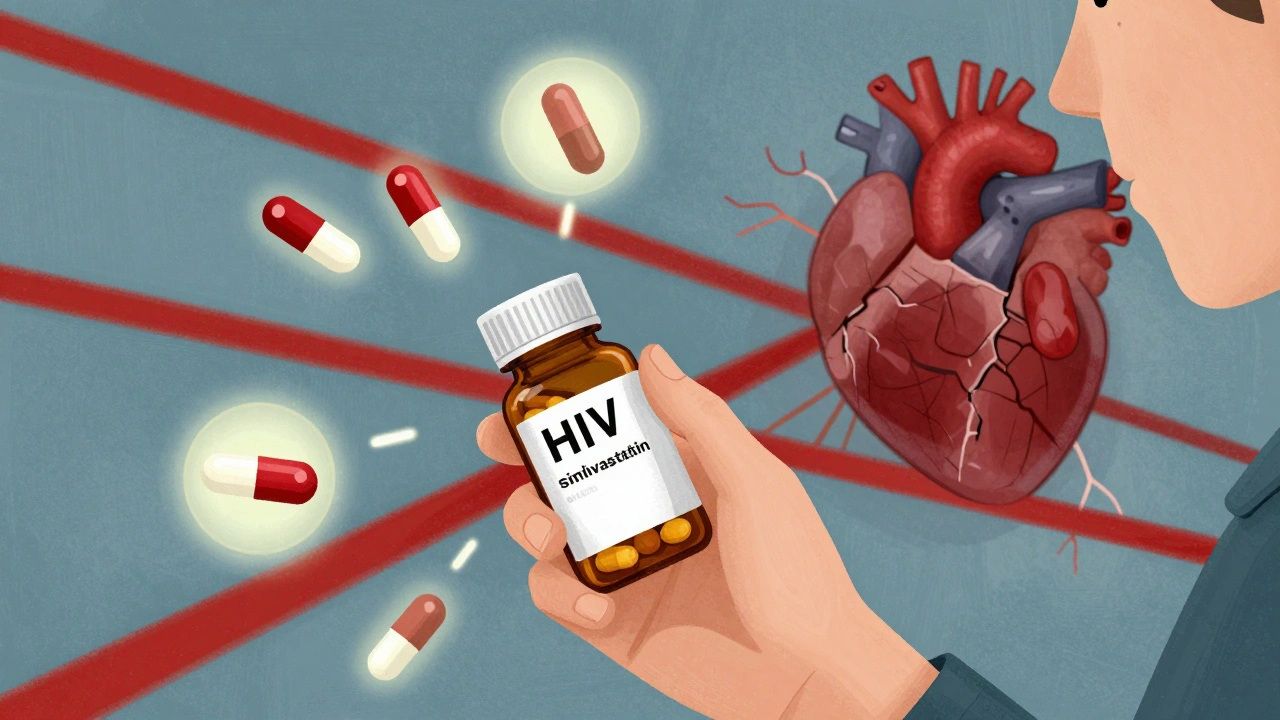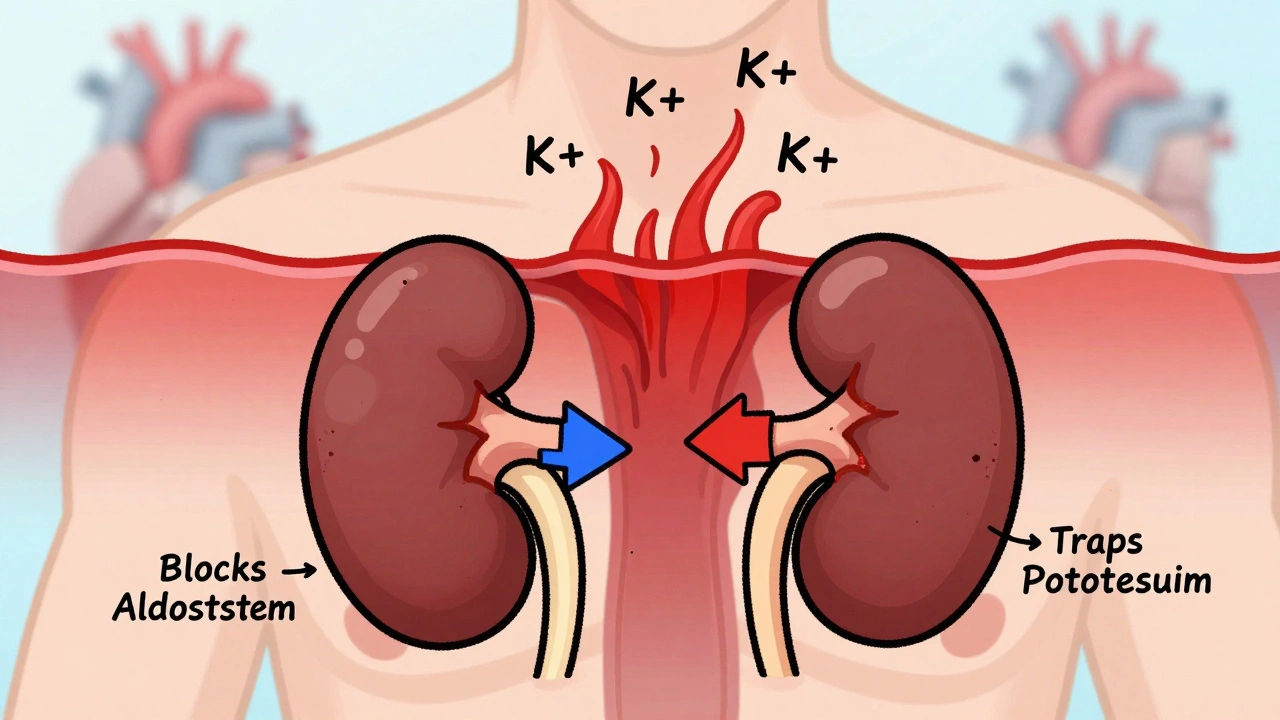Osteonecrosis: Causes, Risks, and What You Can Do About It
When bone tissue dies because it’s not getting enough blood, that’s osteonecrosis, also called avascular necrosis, a condition where bone breaks down due to lack of blood supply. Also known as avascular necrosis, it doesn’t just hurt—it can collapse joints if left unchecked. This isn’t rare. It happens in hips, knees, shoulders, and even small bones in hands and feet. People often mistake the pain for arthritis or a pulled muscle, but osteonecrosis is different—it’s structural damage, not just inflammation.
What causes it? The biggest culprits are long-term steroid use, high-dose corticosteroids prescribed for autoimmune diseases or organ transplants, heavy alcohol use, and trauma like a broken bone or dislocated joint. Even some cancer treatments and sickle cell disease can trigger it. You don’t need to be old to get it. Young adults in their 30s and 40s show up in clinics with sudden hip pain after a steroid course or a car accident. The damage starts quietly. No swelling. No redness. Just deep, dull pain that gets worse with activity and doesn’t go away with rest.
Here’s the catch: early stages often show up normal on X-rays. That’s why many people get misdiagnosed for months. MRI is the gold standard for spotting it early. Once the bone starts to collapse, your options shrink fast. Surgery—like core decompression or joint replacement—becomes likely. But if caught early, stopping steroids, reducing alcohol, and using crutches to take pressure off the joint can slow or even stop progression. It’s not about painkillers. It’s about protecting the bone before it’s too late.
What you’ll find in the articles below isn’t theory. It’s real-world insight from people who’ve been there. You’ll see how steroid use links to bone damage, why some medications make it worse, and what actually helps when pain hits. No fluff. No guesses. Just clear facts on what triggers osteonecrosis, how to spot it before it’s too late, and what steps actually work to keep your joints moving.

Osteoporosis Medications: Bisphosphonates and Jaw Necrosis Risks
Bisphosphonates effectively reduce osteoporosis fractures but carry a rare risk of jaw necrosis. Learn the real numbers, who’s at risk, and how to stay safe without stopping your medication.

